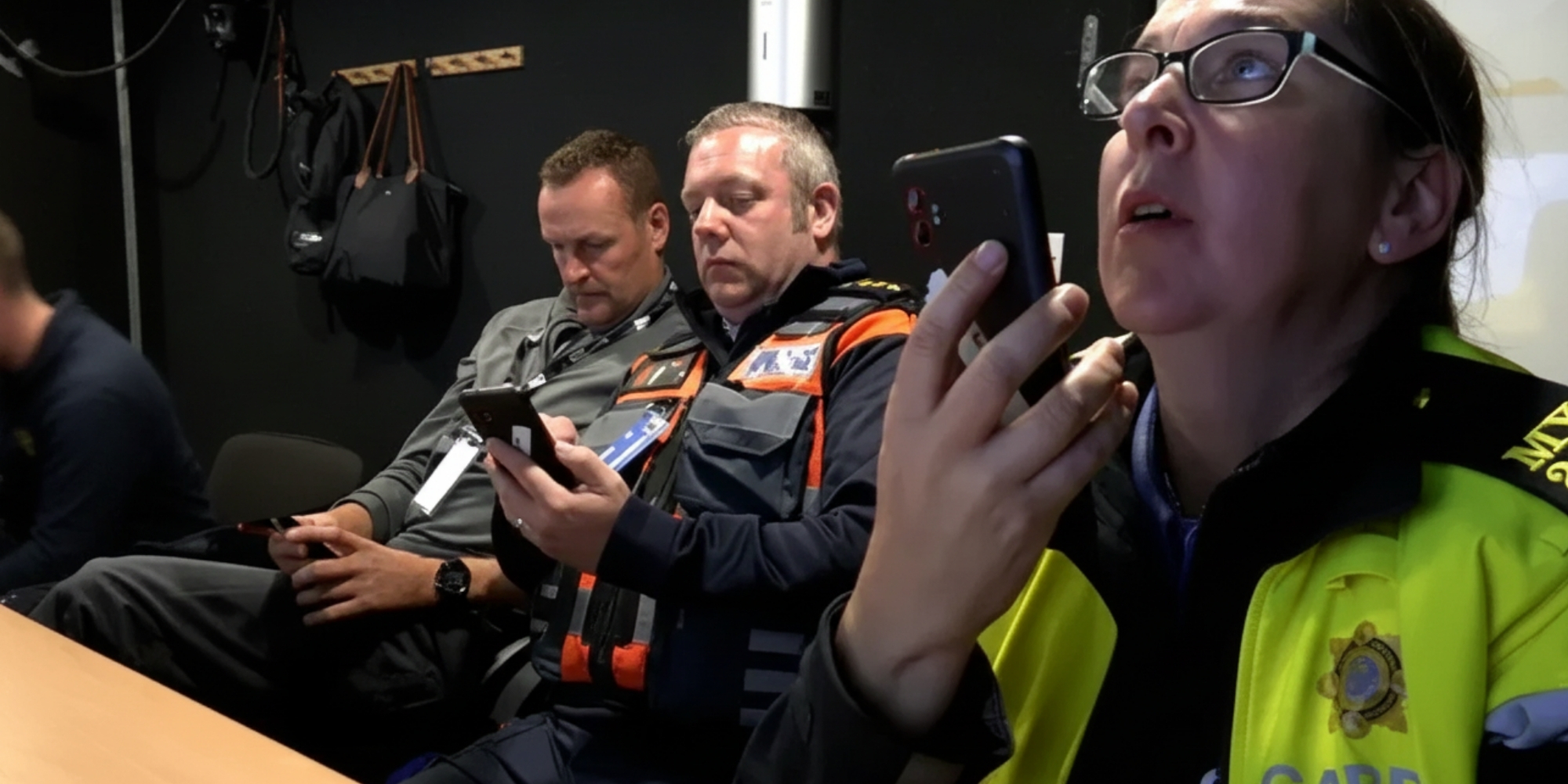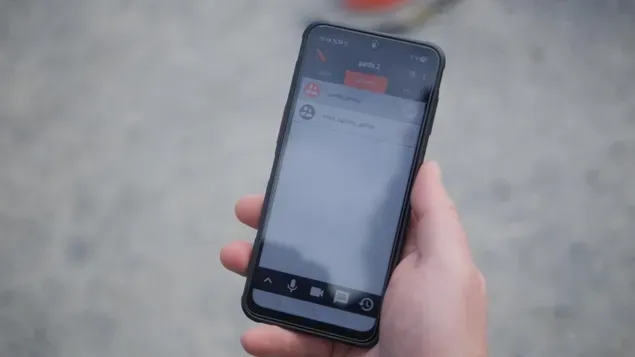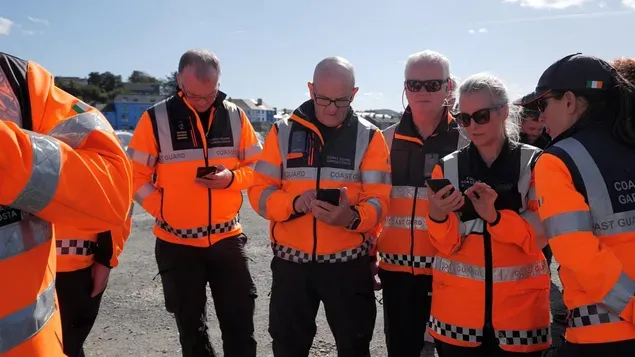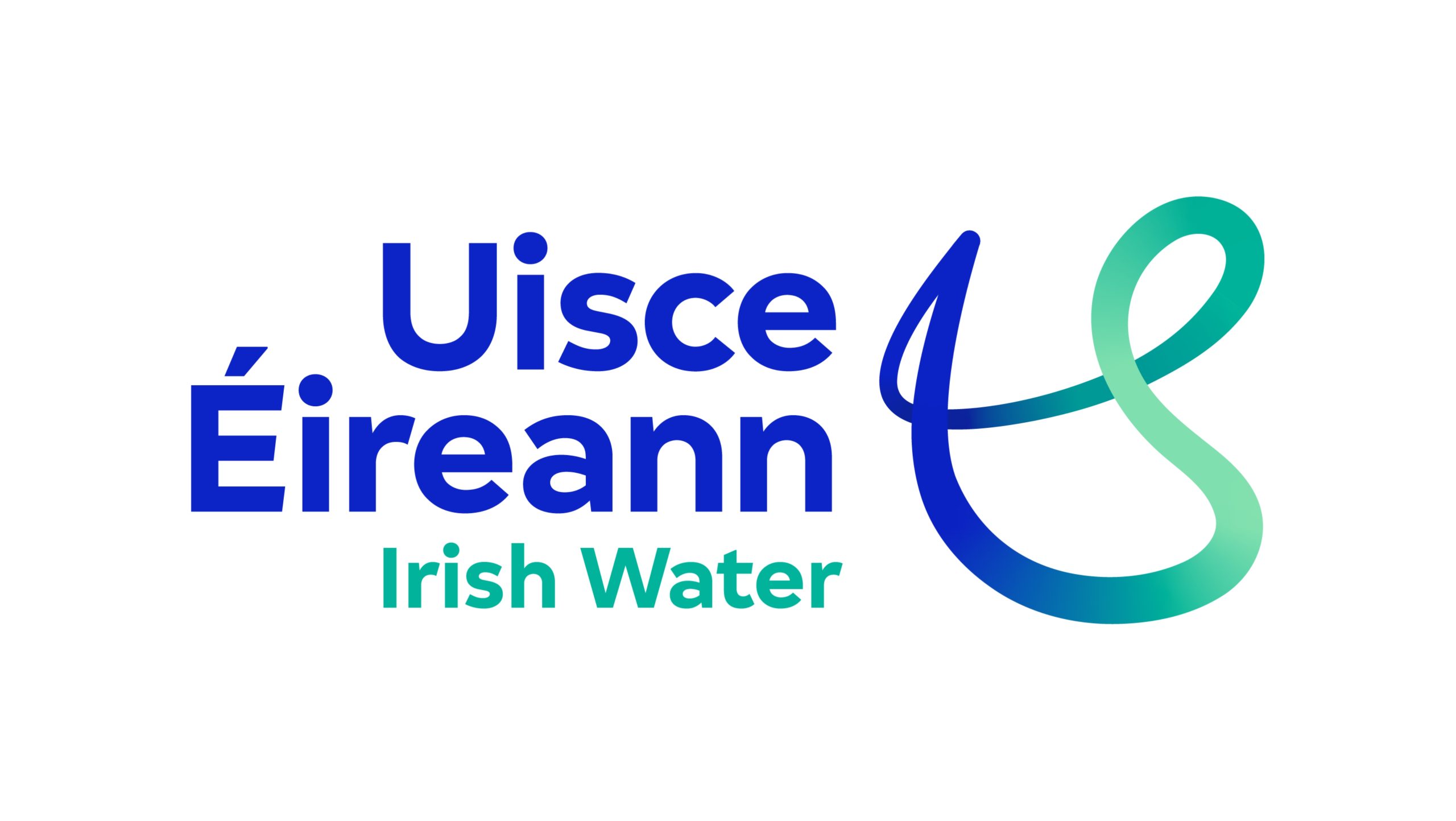New Emergency Communications System to Transform Rural Safety Across Cork and Ireland
New emergency communications system will keep Cork's first responders connected during storms and network failures, boosting rural safety across the county.

A cutting-edge emergency communications platform designed to keep first responders connected during extreme weather events and network failures has been welcomed by Cork Senator Eileen Lynch as a "gamechanger" for rural communities.
The Government unveiled the Mission Critical Communications system at a high-profile event in Westport on 25 September, with Ministers Jack Chambers, Dara Calleary and Emer Higgins alongside European emergency services representatives and technology leaders. The system, built by Vodafone Ireland in partnership with the Office of the Government Chief Information Officer, will ensure Gardaí, fire services, ambulance teams and civil defence can communicate effectively even in the most remote locations.

The platform addresses critical vulnerabilities exposed during Storm Éowyn last year, when power system failures left emergency services struggling to coordinate responses. This new "system of last resort" uses 5G technology to maintain communications when conventional networks fail, a capability particularly vital for rural Ireland.
Senator Eileen Lynch, Fine Gael representative for Cork North-West, said:
"This new system is a gamechanger for communities in Cork. It means faster emergency response times, with first responders able to talk, text, share live video and send maps instantly, even when storms or poor mobile coverage would normally cut people off. Importantly, responders will also have priority access to the network, ensuring that communication lines remain open when they are needed most."
She added:
"This is especially important for rural Ireland, where connectivity challenges can put lives at risk. The peace of mind this brings to families, particularly those with elderly or vulnerable relatives, cannot be overstated. It will make a real difference in communities across Cork."
The system represents a significant investment in Ireland's emergency infrastructure, funded through the EU's Recovery and Resilience Facility as part of Project 2.5 under the National Recovery and Resilience Plan. The project has delivered high-speed fibre connections and established local computing hubs functioning as mini data centres across rural Ireland, forming the backbone of the new National Low Latency Platform.

Minister Jack Chambers, Minister for Public Expenditure, Infrastructure, Public Service Reform and Digitalisation, said:
"This initiative is part of the Government's ongoing commitment to building a safer, more resilient, and more inclusive Ireland, leading the way on digital transformation and innovation and investing in digital infrastructure. In particular, this initiative builds resilience of our emergency services' communications systems."
Minister Dara Calleary, Minister for Rural and Community Development and the Gaeltacht, highlighted the system's importance for isolated communities:
"During and after Storm Éowyn, vast parts of the country were isolated for weeks without mobile or broadband communications. The services being trialled at this conference over the past few days give us a glimpse of how the PPDR users will be able to communicate more reliably and effectively in the future whether it is a major weather event or a road incident on the many miles of rural roads across the country."
Minister of State Emer Higgins emphasised the timing of the announcement:
"The Mission Critical Communications technology unveiled today will lead to increased peace of mind for people living in rural Ireland and their loved ones, especially for those who are elderly or vulnerable. This is so important as we look towards the winter months."
The system underwent successful testing in Westport this week, with emergency teams from Ireland and across Europe participating in live trials. Key features include instant text and voice communication, live video sharing, and map distribution capabilities that function even during storms or in areas with poor mobile coverage. First responders receive priority network access, ensuring reliable connections even when civilian networks are overwhelmed.
For Cork communities, particularly in rural areas of North Cork and West Cork where connectivity challenges can delay emergency responses, the new platform promises faster assistance during critical incidents. The technology's ability to maintain communications during extreme weather events addresses growing concerns as climate-related disruptions become more frequent.
The Mission Critical Communications system is expected to be fully operational in the coming months, transforming emergency response capabilities across Ireland's rural communities.



